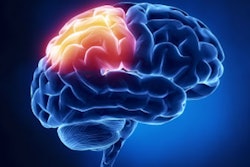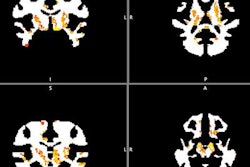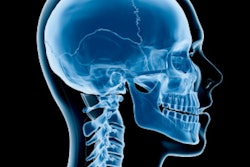The U.S. Centers for Disease Control and Prevention (CDC) has released a guideline for the diagnosis, prognosis, and treatment of mild traumatic brain injury (mTBI) in children -- including recommendations regarding head imaging -- in a September 4 publication in JAMA Pediatrics.
The CDC established a federal advisory committee, the Pediatric Mild Traumatic Brain Injury Guideline Workgroup, to conduct a systematic review of relevant evidence and expert opinion on pediatric mTBI that was published between January 1990 and July 2015.
Among 19 sets of recommendations detailed in the final guideline, one of the sections specifically addresses the role of medical imaging in diagnosing the condition. The guideline recommends against the routine use of head CT, MRI, SPECT, or x-ray for the evaluation of suspected or diagnosed mTBI in children.
Though several studies examined in the review demonstrated the potential of CT to identify intracranial injury in 5.2% to 7.5% of pediatric mTBI cases, all of the findings were associated with low confidence. The committee additionally cited a number of potential disadvantages of neuroimaging, including increased costs, need for sedation, and radiation exposure.
Instead, the committee favored the use of validated clinical decision rules to diagnose pediatric mTBI. An initial assessment based on decision rules could then drive clinicians to request a head CT exam or further workup for patients with a high risk of intracranial injury.




















